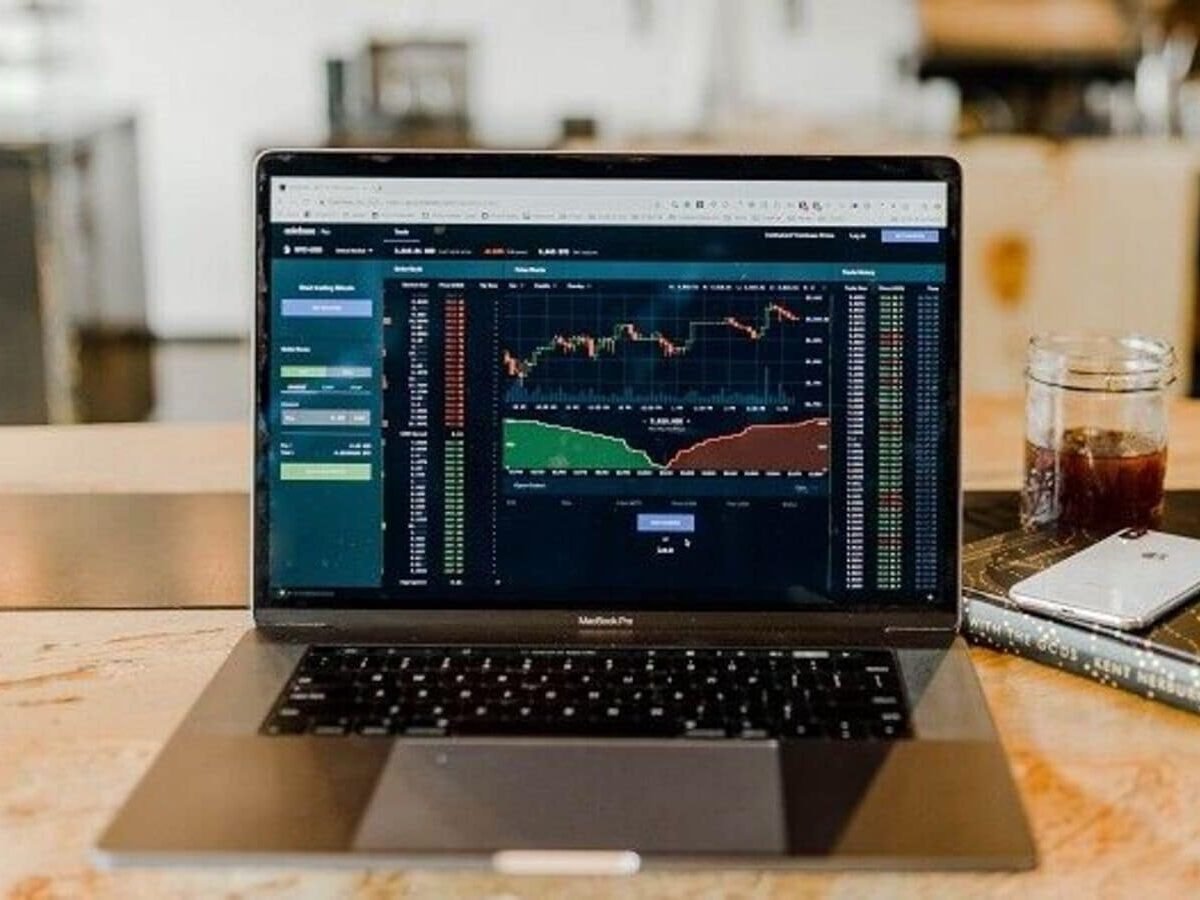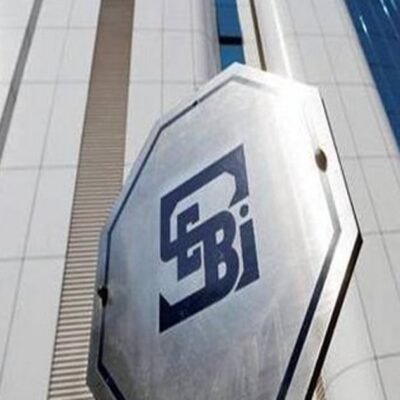Every day, we make countless choices—what to eat, what to wear, and how to spend our time. Some decisions, like picking your morning coffee, are easy. Others, like where to invest your hard-earned money, can feel overwhelming. Investing in mutual funds is one of those decisions that requires extra thought and care.
With so many fund options, how do you decide which ones are worth your money? Relying on past performance alone can lead you down an uncertain path. What if there was a way to spot potential pitfalls before you invest? That’s where Trendlyne’s “Check Before You Buy”MF Checklist for mutual funds comes in.
We built this tool with a clear goal: to make investing easier for you. The checklist score for each mutual fund is out of 100. 25 points are separately allocated for performance of the fund, portfolio, operations and risk/reward, adding upto 100. The higher the score, the better the fund.
The checklist score is a relative score which lets you choose the best and worst MF in each category. The MF is measured against its own category, and separately for regular and direct, for an apples to apples comparison.
Benefits of using Trendlyne’s MF Checklist
- Save Time: Quickly sift through hundreds of mutual funds and focus only on the best options.
- Reduce Risk: Steer clear of funds with hidden red flags that could negatively impact your portfolio.
- Clarity Over Confusion: Understand exactly why a mutual fund receives a high or low Trendlyne checklist score, thanks to transparent metrics.
- Data-Driven Insights: Make informed choices, not guesses.
- Discover Better Alternatives: If a fund doesn’t measure up, find other options that do.
Now let’s see the “Check Before You Buy” feature in action and look at the funds with the highest and lowest scores:
Parag Parikh ELSS Tax Saver Fund (76/100)
This ELSS tax saver fund has been operational since 2019 and is managed by Raj Mehta, Rajeev Thakkar, Raunak Onkar, and team. Investing in ELSS funds provides an opportunity for tax savings under Section 80C and also encourages long-term wealth creation due to their three-year lock-in period. The primary objective of this fund is to help investors build wealth through long-term returns. Let’s see how the fund ranks across key parameters:
DSP Midcap Fund (6/100)
This Midcap Fund has been in operation since 2006 and is managed by Vinit Sambre and Abhishek Ghosh. This fund focuses on investing in mid-sized companies with a market capitalization ranging between ₹5,000 crore and ₹20,000 crore, with the aim of maximizing wealth creation for its investors. Let’s see how the fund ranks across key parameters:
- Performance (1/25): The fund has weak relative returns, as it fails to rank in the top 25% for long-term, mid-term, and short-term performance. It also underperforms during bull markets.
- Portfolio (0/25): The fund has a weak portfolio rating due to a lack of diversification among its top 10 holdings. It has lower asset quality compared to its peers and lacks sufficient liquidity to manage redemptions effectively.
- Operations (5/25): The management score is low because of a higher-than-average expense ratio, which can diminish your returns over time. Additionally, it has a higher portfolio turnover than its peers and lacks consistently favorable Morningstar ratings.
- Risk Reward (0/25): The fund provides weak returns relative to the risk taken. It fails to deliver long-term returns, exhibits greater volatility compared to peers, and underperforms its benchmark in both the short and long term.
What to Do If Your Fund Scores Low
It’s never too late to switch lanes if your fund is not on the right track. The checklist scores help you explore better options in the same category in a few easy steps.
Trendlyne MF can help you find better options within the same category in just a few simple steps:
If you’re already an investor, be sure to check your mutual fund’s score. If you’re planning to invest soon, remember to check the score on Trendlyne.com before making an investment.
This analysis is meant for investor education – to help understand mutual funds and make informed investment decisions independently. It should not be considered an investment recommendation.
Disclaimer: This article is sponsored content. The inputs and details accounted for in the article do not necessarily reflect the views of Mint, and Mint does not endorse or assume any responsibility for the information provided. Investing in stock markets involve financial risks, take expert advice before investing.





